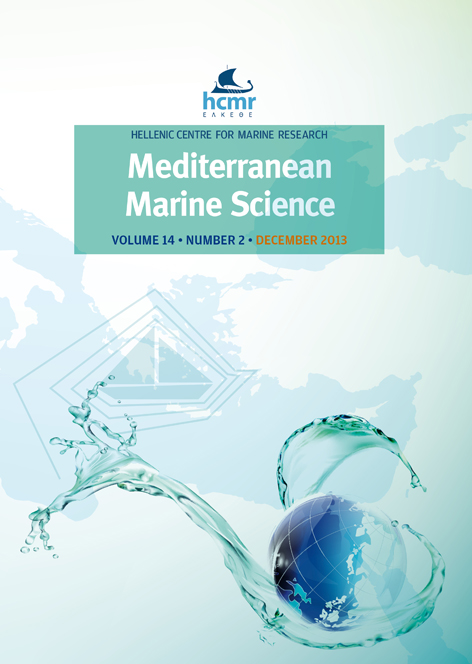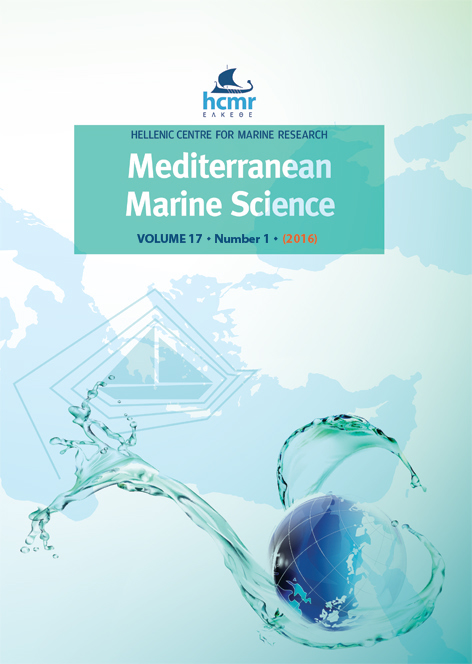Where have all the youngest gone? The postlarval and young stages of the Mediterranean endangered limpet Patella ferruginea Gmelin, 1791

Abstract
Recruits of Patella ferruginea are hardly seen in their habitat, hence the precise level where they settle and the morphology of the earliest growth stages remain unknown. The earliest postlarval stages of this species are here described for the first time, based on specimens both obtained through controlled reproduction and observed in its natural environment in Chafarinas Islands (North Africa). Young postlarval specimens of 290 μm in length settled slightly below the water level on aquaculture tank floating Petri dishes. Specimens of about 4 mm were found in its natural habitat at the level of the vermetid gastropod Dendropoma lebeche, whereas those larger than 8 mm were found at this level, but also in the upper midlittoral, at the Chthamalus spp. fringe.
The characteristic starlike shell and colour pattern with alternating concentric dark and light bands of young specimens appeared at about 8 mm. Smaller specimens have a more or less oval shell and dark radial bands. This information is useful for future non-invasive studies on the recruitment of this endangered species, but further information about the postlarval stages of the other three Mediterranean patellid species is needed to distinguish specimens smaller than 3 mm.
Article Details
- Zitationsvorschlag
-
GUALLART, J., PEÑA, J. B., LUQUE, Á. A., & TEMPLADO, J. (2018). Where have all the youngest gone? The postlarval and young stages of the Mediterranean endangered limpet Patella ferruginea Gmelin, 1791. Mediterranean Marine Science, 18(3), 385–392. https://doi.org/10.12681/mms.2076
- Ausgabe
- Bd. 18 Nr. 3 (2017)
- Rubrik
- Research Article
Authors who publish with this journal agree to the following terms:
- Authors retain copyright and grant the journal right of first publication with the work simultaneously licensed under a Creative Commons Attribution Non-Commercial License that allows others to share the work with an acknowledgement of the work's authorship and initial publication in this journal.
- Authors are able to enter into separate, additional contractual arrangements for the non-exclusive distribution of the journal's published version of the work (e.g. post it to an institutional repository or publish it in a book), with an acknowledgement of its initial publication in this journal.
- Authors are permitted and encouraged to post their work online (preferably in institutional repositories or on their website) prior to and during the submission process, as it can lead to productive exchanges, as well as earlier and greater citation of published work (See The Effect of Open Access).






